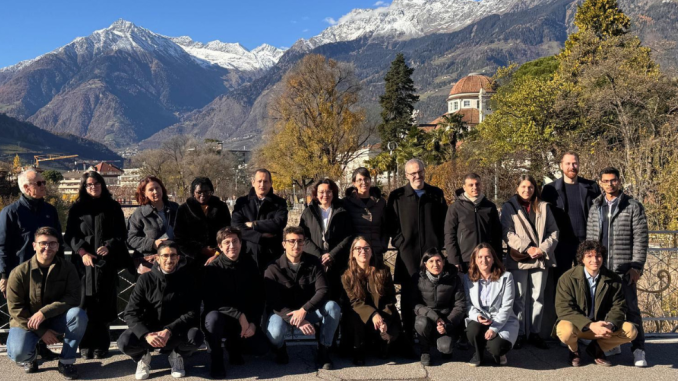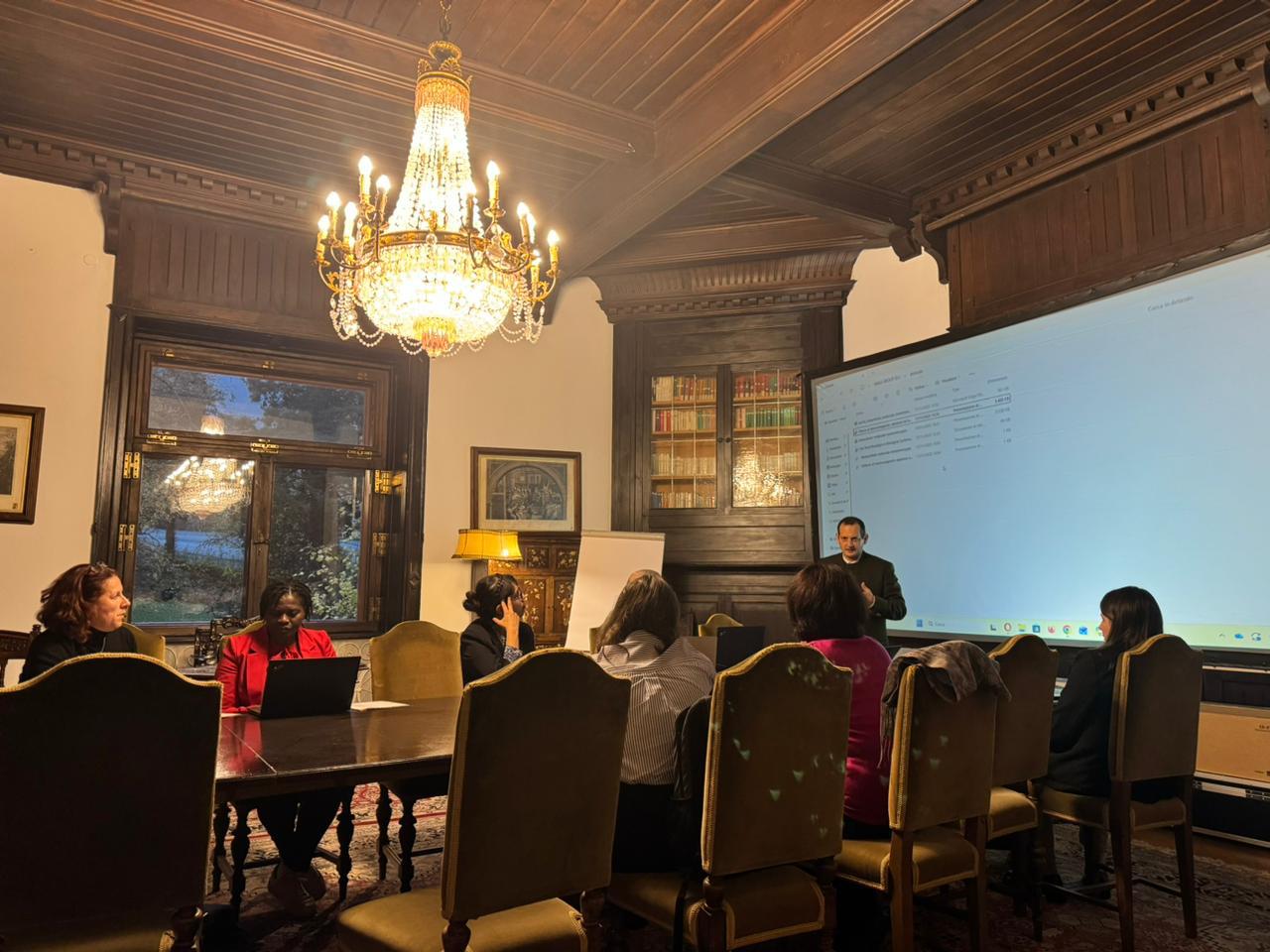
At the Scientific Retreat MAGI in Precision Medicine and Omics Sciences held at Villa Hoffmann in Merano (17–21 November 2025), dermatology emerged as an area of growing interest, with discussions centred on how genetics and multi-omics might progressively contribute to the understanding of rare skin diseases. In this context, a new collaboration between MAGI and the Dermatology Unit of the University of Verona, directed by Prof. Paolo Gisondi (who was not personally present, but whose ongoing projects were extensively discussed), was presented as the framework for an integrated clinical–genomic programme in dermatological genetics. The initiative builds on the recognition that several hundred genes are now implicated in inherited skin disorders and that their manifestations often overlap with inflammatory and barrier phenotypes, making careful molecular and clinical interpretation particularly important.

The joint Verona–MAGI project is being structured around keratinisation disorders and monogenic autoinflammatory skin diseases, with a special focus on so-called “monogenic psoriasis” and autoinflammatory keratinisation diseases (AiKDs). A targeted next-generation sequencing panel has been designed to investigate key loci such as IL36RN, CARD14, AP1S3, NLRP1, NLRP3, and a selected set of barrier and keratinisation genes including FERMT1 (KIND1), LOR and DSG4, reflecting current international literature on pustular psoriasis, AiKDs and genodermatoses with inflammatory or barrier components. The rationale discussed in Merano drew on published data indicating that pathogenic variants in IL36RN, CARD14 and AP1S3 account for a minority but clinically significant fraction of generalised or localised pustular psoriasis – with higher frequencies in cases with early onset, strong family history and severe pustular courses – and that these variants define subgroups with distinctive inflammatory pathways and potential therapeutic implications.
Clinically, the panel is intended for use in selected scenarios such as severe or atypical pustular psoriasis (including generalised and palmoplantar forms), juvenile familial psoriasis with possible pustular or PRP-like features, and suspected autoinflammatory syndromes with a prominent cutaneous component. Additional indications may include genodermatoses with fragile skin, photosensitivity, palmoplantar keratoderma or ichthyosis-like phenotypes where an underlying defect of keratinisation or barrier integrity is suspected. During the retreat, these proposed indications were discussed as a working framework rather than as rigid criteria, with emphasis on the need to refine inclusion strategies over time based on accumulating experience and systematic review of outcomes.

From a methodological standpoint, the collaboration relies on MAGI’s omics and bioinformatics infrastructure, combining targeted sequencing and copy-number analysis with structured variant interpretation according to current ACMG/AMP guidelines. Particular attention is being paid to integrating genetic findings with detailed clinical descriptions, including age at onset, distribution and morphology of lesions, systemic symptoms and family history, and to documenting how genetic information may or may not modify diagnostic labels or therapeutic choices. Exploratory work is also underway to link genomic data with metabolomic readouts and to test AI-assisted variant prioritisation tools that rank candidate variants by combining conventional annotations with phenotype similarity scores and curated knowledge on autoinflammatory and keratinisation pathways. These tools are explicitly viewed as decision-support instruments, whose performance and interpretability will require careful evaluation in close dialogue between dermatologists, geneticists and data scientists.
The potential implications for precision dermatology were addressed in cautious terms. Data on IL36RN-, CARD14- and AP1S3-associated disorders suggest that knowledge of the causal gene can, in specific contexts, support more targeted therapeutic reasoning, for example by providing a mechanistic rationale for the use of IL-36, IL-1 or IL-17/23 pathway inhibitors in selected pustular or AiKD phenotypes. At the same time, participants repeatedly underlined that such genotype–therapy links remain incompletely characterised, rely largely on case reports and small series, and must therefore be applied with appropriate caution and within established clinical and regulatory frameworks.
Overall, the dermatology discussions in Merano presented the Verona–MAGI collaboration as a programme in progress rather than as a finished model. By reviewing the design of the NGS panel, examining current data on monogenic psoriasis and autoinflammatory skin diseases, and identifying priority patient groups for early implementation, MAGI and the team led by Prof. Paolo Gisondi outlined a set of shared hypotheses and operational steps. The general expectation, expressed in deliberately moderate terms, is that this joint effort may, over time and with adequate validation, contribute to a more nuanced and multi-omics-informed approach to rare inflammatory and keratinisation disorders of the skin, while remaining firmly anchored to the concrete needs of patients and families.
